ACADEMIC UNIT
School of Petroleum Engineering
Inicio > Academic Units > Physicochemical Engineering Faculty > School of Petroleum Engineering
Developing Human Talent for
Sustainable Energy Development
Our primary goal is the comprehensive education of professionals capable of meeting the challenges posed by the oil industry. We have established ourselves as national leaders and are recognized internationally among Petroleum Engineering programs, fostering continuous quality improvement by implementing updated content in the curricula of our undergraduate and graduate programs. Our aim is to train future professionals with strong technical, scientific, social, ecological, and humanistic competencies.
At the School, we analyze the needs of the industry and the broader environment to develop and propose solutions that, through the provision of services, help address the technical and conceptual challenges of the hydrocarbons industry and the energy sector. We do so in harmony with the ecosystem and with a strong sense of ethical and social responsibility.

Emiliano
ARIZA LEÓN
Director of the School
Contact us
Academic
Programs
Undergraduate Program
Graduate Programs
Continuing Education
The School of Petroleum Engineering is committed to the continuous improvement of the quality of its academic programs through collaborative innovation processes, engaging organizations in co-creation activities that help define customized objectives, competencies, content, methodologies, and learning outcomes.
Most Requested Areas
Well drilling and completion, production and facilities, reservoir engineering and cross-disciplinary areas and energy.
Training Modalities
Diploma programs, courses, seminars, workshops and conferences.
Depth Levels
Basic, intermediate and advanced.
Learning Formats
On-site (in-person), blended (hybrid), virtual (online) and field training.
Start your enrollment process!
We have
excellent
study spaces
Get to know the 12 laboratories specialized in studies and research
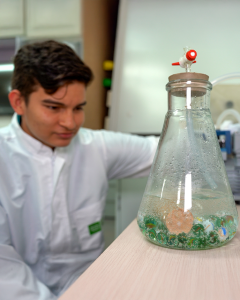
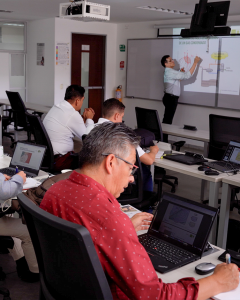
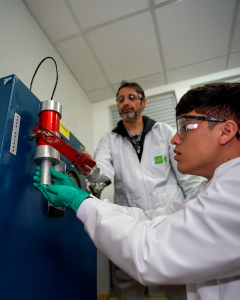
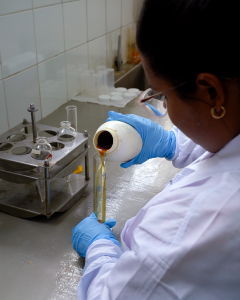
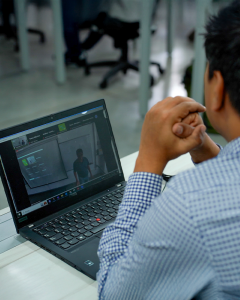
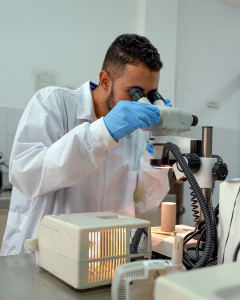
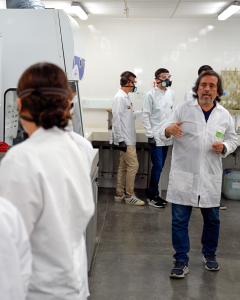
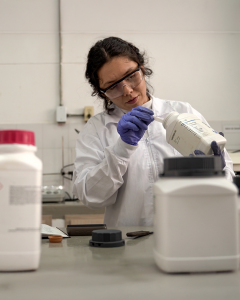
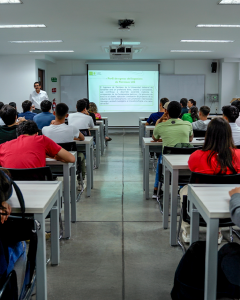
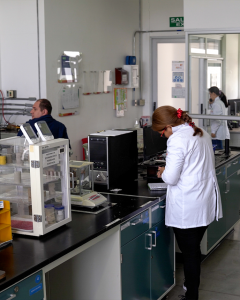
Outreach
Services
Advisory and
Consulting Services
Operation and maintenance manuals
Basic, conceptual, and detailed engineering
Specialized consulting in the hydrocarbons sector
Technical advisory services
Technical evaluation in reservoir engineering and enhanced oil recovery (EOR), across all areas
Advisory support for the oil industry
Technical training in reservoir engineering and enhanced oil recovery
Consulting for the development of enhanced oil recovery (EOR) projects
Development and/or displacement testing
Petrophysical
Analysis
The Petrophysical Analysis Laboratory conducts research and provides specialized technical services for the evaluation and analysis of basic and special petrophysical properties of rock samples, following the guidelines established by the 1998 API RP 40 standards.
The laboratory tests accredited under code 13-Lab-051, in compliance with ISO/IEC 17025:2005 standards by the National Accreditation Body (ONAC), include the following:
Basic Petrophysical Analysis
Porosity and permeability determination
Grain density determination
Plug cutting
Longitudinal core cutting
Sample cleaning
Particle size analysis
Lithological description
Core gamma logging
Digital photography
Rock type and hydraulic unit classification
Porosity–permeability correlations
Petroleum reserve evaluation involves the study of fluid movement through porous media and the analysis of rock properties and their interactions with drilling fluids.
Special Petrophysical Analysis
Capillary pressure: porous plate method
Resistivity index
Formation factor determination
Absolute permeability
Relative permeabilities: water-oil, water-gas, gas-oil
Wettability
Other Services
Through its infrastructure and qualified personnel, the Petrophysical and Formation Damage Laboratory also evaluates basic and specific parameters such as pore size distribution, water saturation, and porosity–permeability relationships.
Characterization of
Crude Oil and Derivatives
In the oil industry, quality control of products is essential to ensure they meet their intended purpose. Given the multi-component nature of crude oils, it is necessary to carry out their characterization in order to evaluate their behavior during production and to implement best practices.
The main methods used are those established by ASTM (American Society for Testing and Materials) and API (American Petroleum Institute). These methods are known for their practicality and safety during execution, and their results are easily reproducible when procedures are followed according to the standards.
Formation
Damage
Research and services are provided to optimize hydrocarbon production through the prevention, diagnosis, evaluation, and remediation of damage to the petroleum and/or gas-bearing formation during drilling, production, and throughout the entire life of the reservoir.
The Formation Damage Laboratory tests, accredited under code 13-Lab-051 according to ISO/IEC 17025:2005 by the National Accreditation Body (ONAC), include the following:
Laboratory Tests:
Visual wettability test
Emulsion test
Sludge test
Studies and Analyses:
Salinity and flow rate sensitivity
Permeability return (oil, brine, or gas)
Relative permeability damage
Damage due to drilling fluids
Damage removal using acid and other treatments
Dynamic evaluation of organic and inorganic scale inhibitors
Fluid–fluid compatibility
Compatibility – poisoning with Fe, Ba, Ca
Kinematic and dynamic viscosity
Dissolution analysis
BSW (Basic Sediment and Water) determination
Salinity determination
API gravity determination
Interfacial tension measurement
MIC (Minimum Inhibitor Concentration) determination
Fluid density determination
Special Studies:
Diagnosis of potential formation damage in the reservoir
Characterization and evolution of formation fluids
Best-in-class additives for remediation and inhibition
Evaluation of fluids for gas and water control
Surface Process
Diagnostics
Surface operations in the hydrocarbon industry are critically important and present significant challenges in terms of optimization and integrity. We offer services in nodal analysis, integrity assessment, process optimization, and the design of surface facilities.
Hydrocarbon Reservoir
Diagnosis
The large number of mature fields in Colombia and around the world presents opportunities to increase primary recovery factors. Diagnoses involve identifying formation damage mechanisms, evaluating well configurations for the utilization of natural production mechanisms, characterizing the reservoir and its fluids, analyzing production histories and interventions, productivity analysis and forecasts, and validating recovery methods.
We also investigate the application of advanced imaging techniques, such as computed tomography, in porous media for the static characterization of rocks, as well as the visualization, monitoring, and validation of recovery methods.
Studies and Analysis:
Geological description, evaluation, and integration of drilling cores.
Static characterization of rocks and their properties using computed tomography.
Determination of Zeff, Peff curves, and density for rock characterization.
Visualization and segmentation of porous media.
Visualization, monitoring, and validation of fluid injection experiments.
High-resolution sedimentological and lithostratigraphic characterization of geological samples.
Subsurface studies through drilling
Cores
Dry and wet trench samples.
Hydrocarbon fluid samples.
Well logging.
Biological samples from wells.
Description, handling, and preservation of subsurface samples.
Characterization of obtained samples and correlation of information
Description of subsurface samples, cores, cuttings, plugs, and sections.
Core preservation.
Monitoring, tracking, and interpreting information from samples during well drilling.
Analysis of electronic well logs.
Generation of lithological logs, stratigraphic columns, and composite logs during well drilling.
Integration of information and analysis of results obtained from well drilling.
our
Faculty
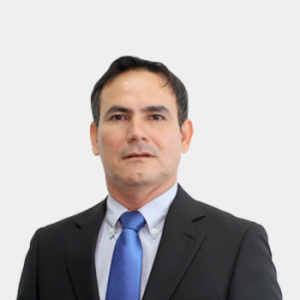
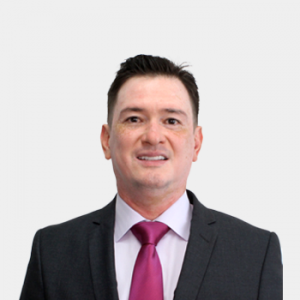
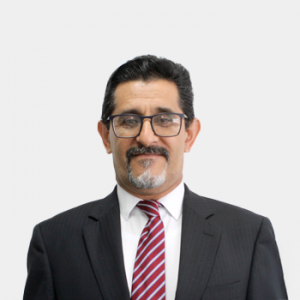
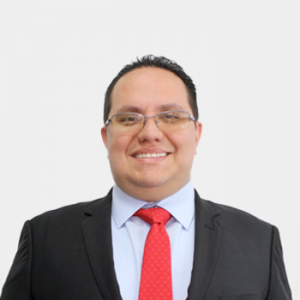
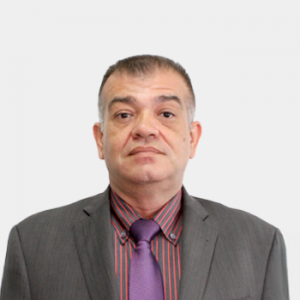
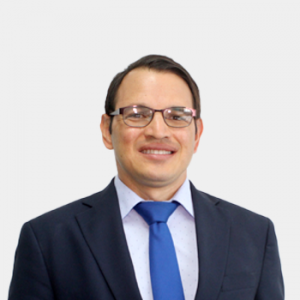
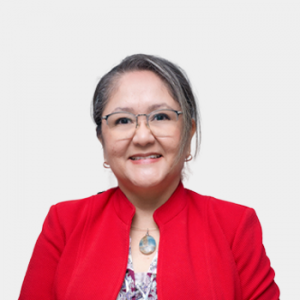
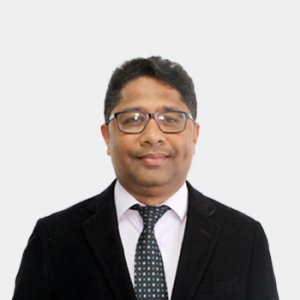
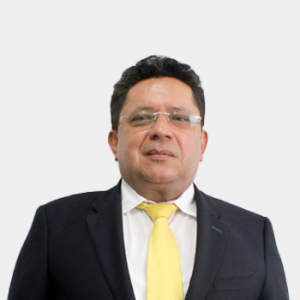
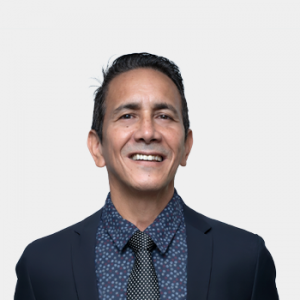
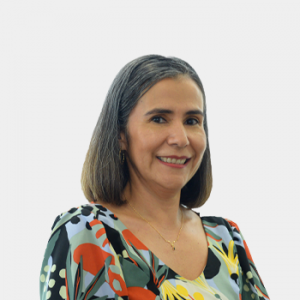
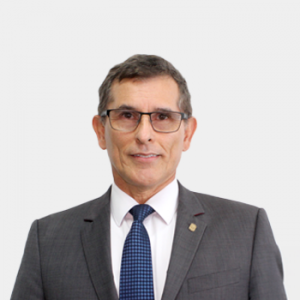
Samuel Fernando
MUÑOZ NAVARRO
Master of Hydrocarbon Engineering and Petroleum Engineering
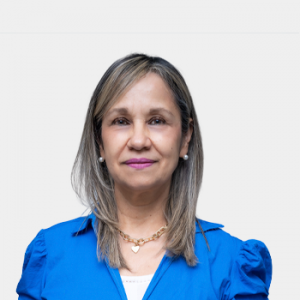
Research
Groups and student research groups
Every day something new happens!
The most important news from our school that motivates us to continue growing
would you like more information?
Contact us


School of Petroleum Engineering
Phone: +57 (607) 634 4000
Extension: 2304 – 2305
Email: escpet@uis.edu.co


Campus Central UIS
Bucaramanga, Santander
Carrera 27 calle 9
Edificio Jorge Bautista Vegas, cuarto piso, oficina 421 (Dirección de Escuela)


Office Hours
Monday to Friday
7:00 a.m. Noon
2:00 p.m. to 5:00 p.m.


